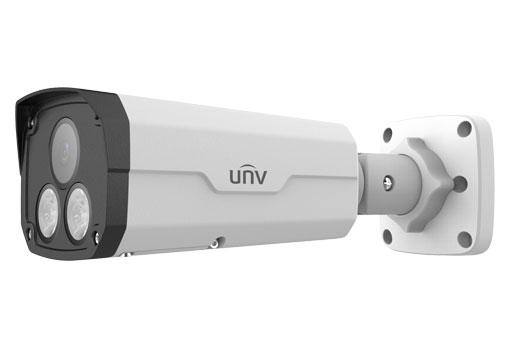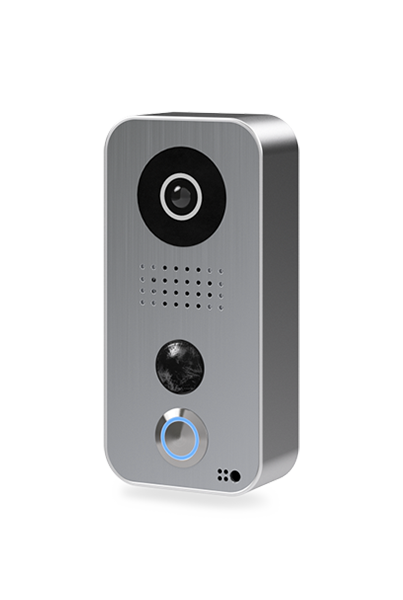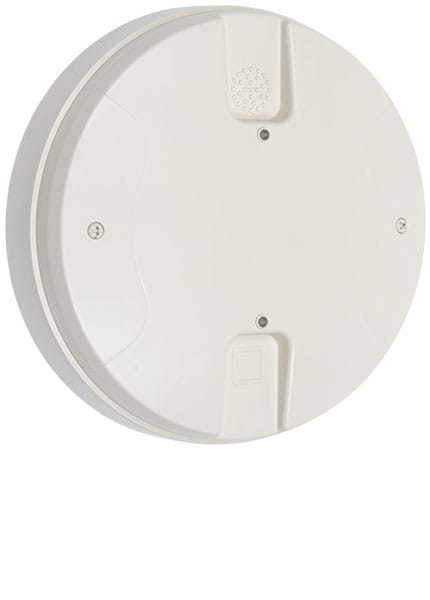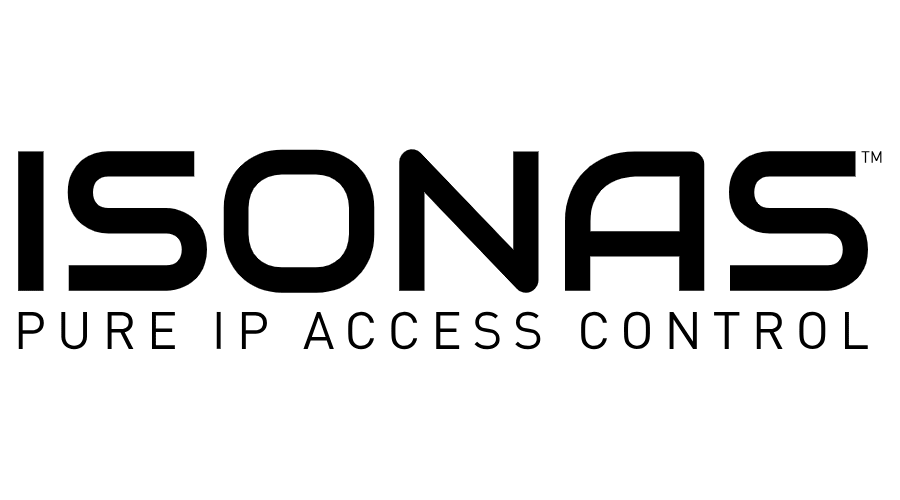Your devices will finally work together as they should!
If you already have various IoT devices scattered across your home, you might also know that things don’t always work as intended. Whether the initial setup phase was rather sketchy or some of your devices just aren’t compatible with one another, today’s smart home is still a bit rough around the edges. In the article below, we’ll talk about the smart home challenges we face right now and explain what’s being done to help make the experience better for everyone.
What exactly is Matter?
One of the many issues today’s IoT devices face is how they connect online and communicate with each other across the home. Matter is a unified protocol that will help to bring all of our smart home devices together under one roof, so to speak. A world where our devices can communicate and co-exist using local Wi-Fi rather than from the cloud – a proper way for them to operate offline and in the home.
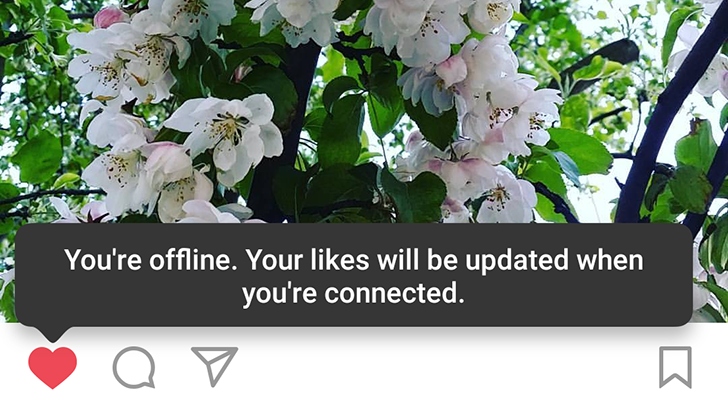
Right now, IoT devices are so dependent on the cloud that everything stops working the instant they lose internet connection. Matter will allow your devices to work offline without requiring access to the cloud at all times. Less reliance on the cloud also means an increased level of security for your devices, which is another crucial factor for Matter. In short, the end goal here is to make the smart home user experience the best it can possibly be.
Thread is part of the offline equation
Another necessary wireless protocol known as Thread may not sound familiar to you; however, it plays a massive role with Matter certified devices. As a low-powered mesh-based wireless protocol, Thread can create a low latency environment that sends and receives data across devices instantly. Because of the mesh network nature of the protocol, you get the added benefit of keeping your smart home environment working even if you lose connection to the internet.
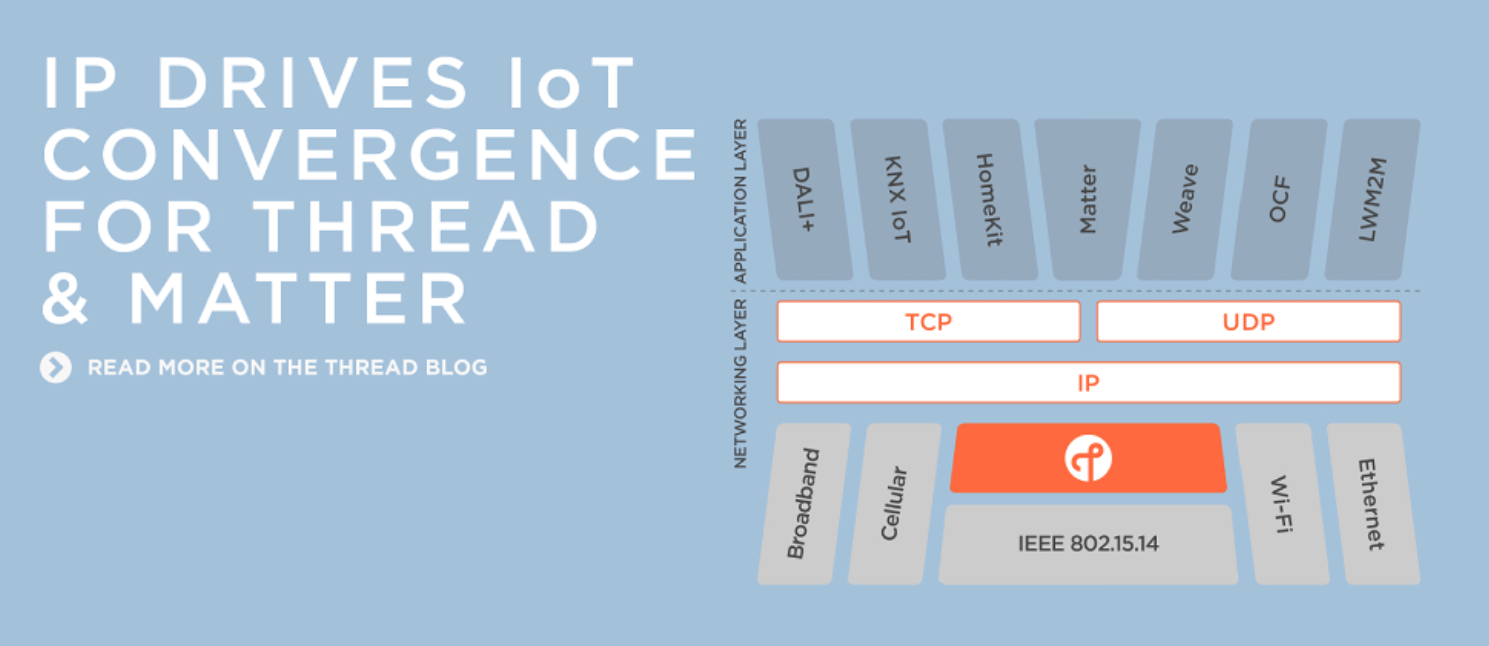
What was there before Matter and Thread?
Before discussing what makes Matter so unique in the networking space, we need to mention the previous protocols and why things have been so messy recently. Smart home and IoT devices aren’t particularly new, yet a single universal standard never existed to help bring them all together with ease. Between Zigbee, Z-Wave, Bluetooth, and Wi-Fi, the wireless connectivity space for smart home devices got too crowded for its own good.
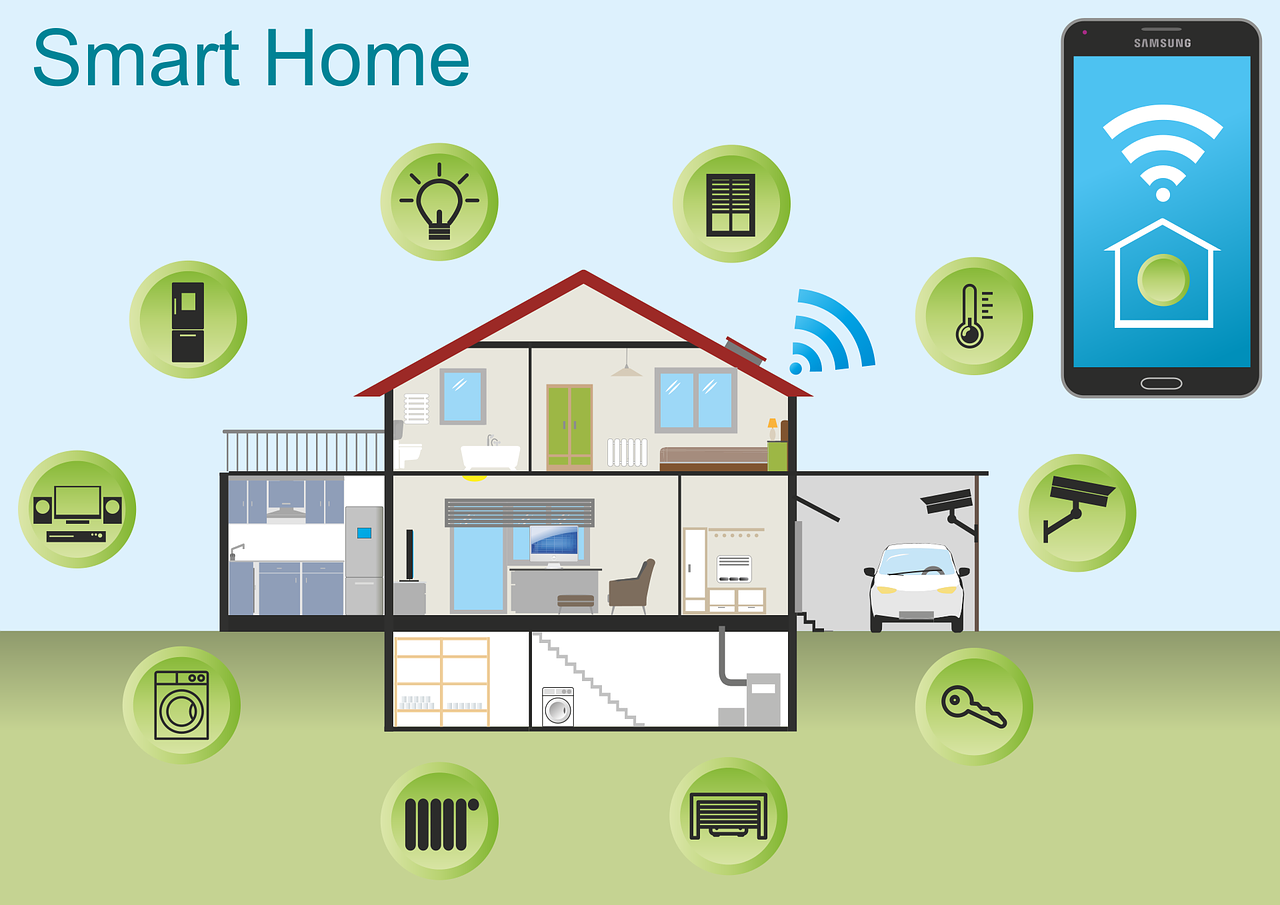
Many third-party products also have proprietary apps for setup, which rarely work as they should. That essentially meant you had to juggle a suite of apps to manage your smart home devices, which added even more unwanted stress and annoyance to the user. All the baggage that came with the territory was enough to keep the average consumer from investing in a smart home at all, which was understandable back then.
Matter helps to bring everything together
In comes yet another wireless protocol called Matter; however, this time is different from all previous attempts. Matter uses a wireless technology based on Internet Protocol (IP), which Wi-Fi routers use to assign an address to your connected devices. There are no awkward handoffs or other wireless technologies to deal with by natively integrating an IP-based protocol for smart home devices. It paves the way forward to a future where all Matter certified devices will work alongside each other in synchronous harmony.
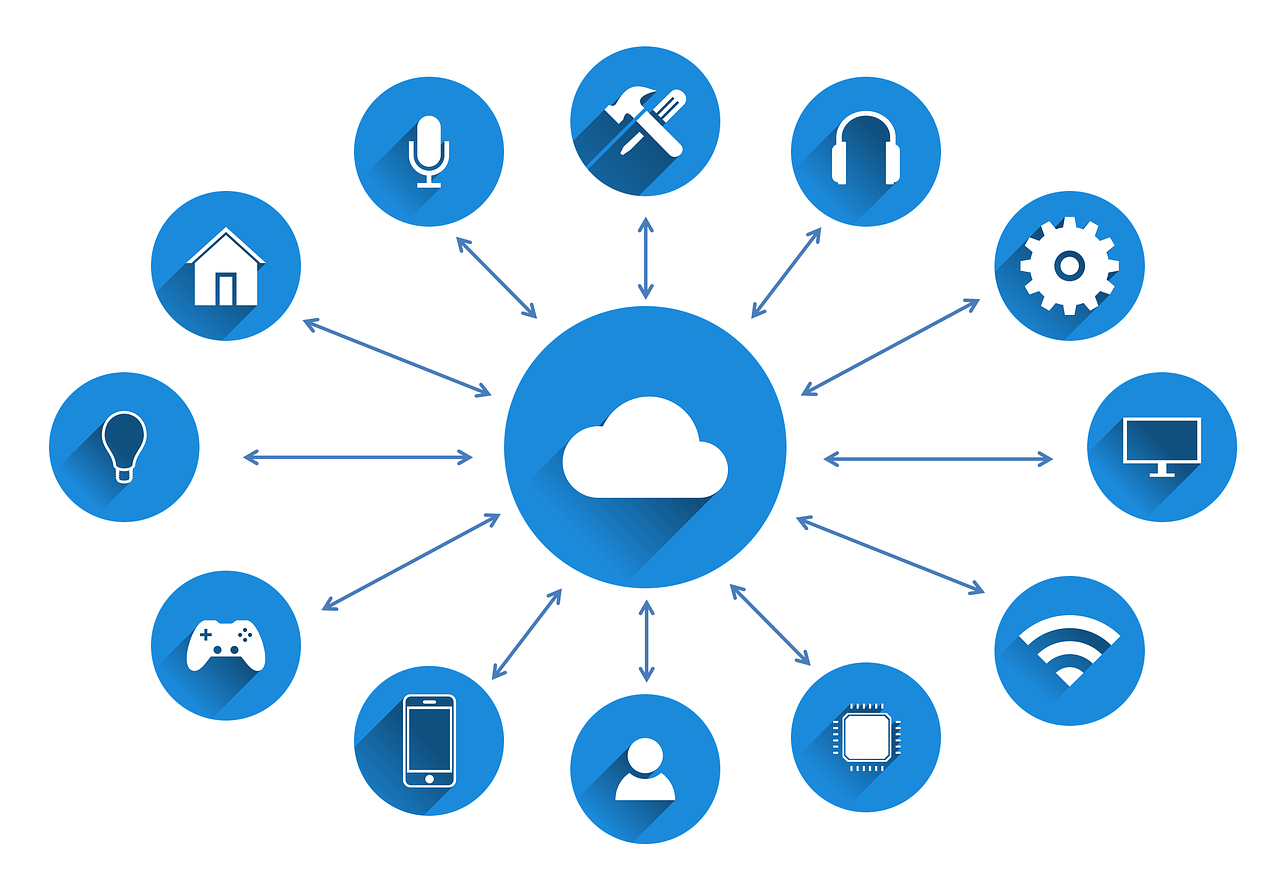
As you can see, bringing our smart home devices together like this not only makes setup a breeze, but it’s absolutely essential when designing a single universal smart home environment that just works. The ultimate goal here is to create a “set it and forget it” situation where these devices essentially fade into the background rather than sit in the foreground. Thankfully, Matter sounds like the thing we need to finally bridge that gap and fix the smart home situation once and for all.
The first generation of Matter will use a combination of Wi-Fi and Thread for the wireless communication protocols between devices. It will use Bluetooth for quick connection access during the initial setup phase of these devices.
What companies will support Matter?
We have some of the biggest tech giants working together to make Matter a unified protocol in our smart homes of the future. For example, Apple, Amazon, and Google have formed an alliance to improve the smart home experience. The only way to truly unify this ecosystem is to get all the major players in the hardware business on the same page. We’re seeing a very high early adoption rate of Matter among these companies, which is excellent for business.
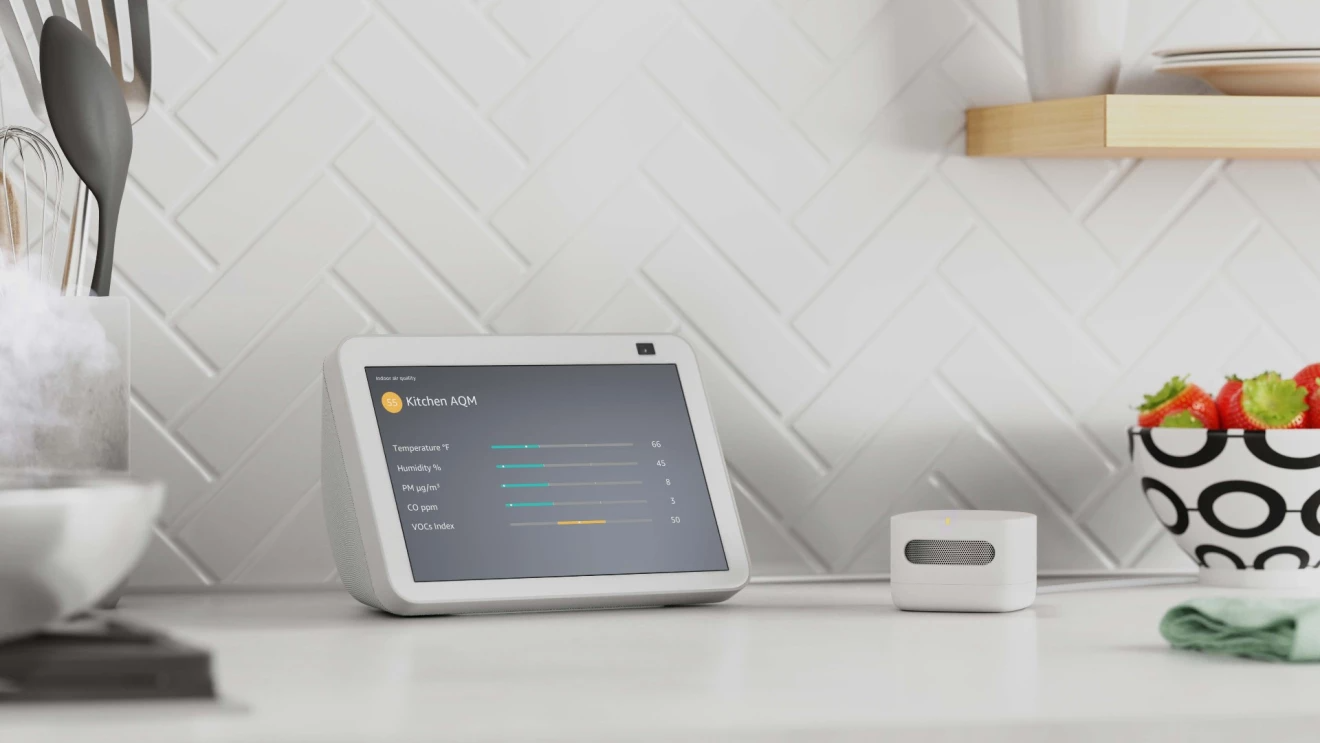
What would an ecosystem of this scope be without all the third-party vendors on the playing field? Many of these partners have already announced their desire to support Matter on day one. Some companies here include Belkin, GE Lighting, and even Comcast – and dozens more are already on board with new products coming soon. Since all of these companies are rallying behind Matter so early on, we can likely expect an increased demand in smart home device purchases as well.
What devices will support Matter?
Amazon Alexa, Apple HomeKit, Google Nest, and Samsung Smart Things are all supported, just to name a few. However, as with any new protocol of this nature, you’ll want to purchase new devices that natively support Matter to get the best user experience out of the box. The good news, though – Matter isn’t going anywhere, so the consumer can work on slowly building out their smart home with more modern devices.
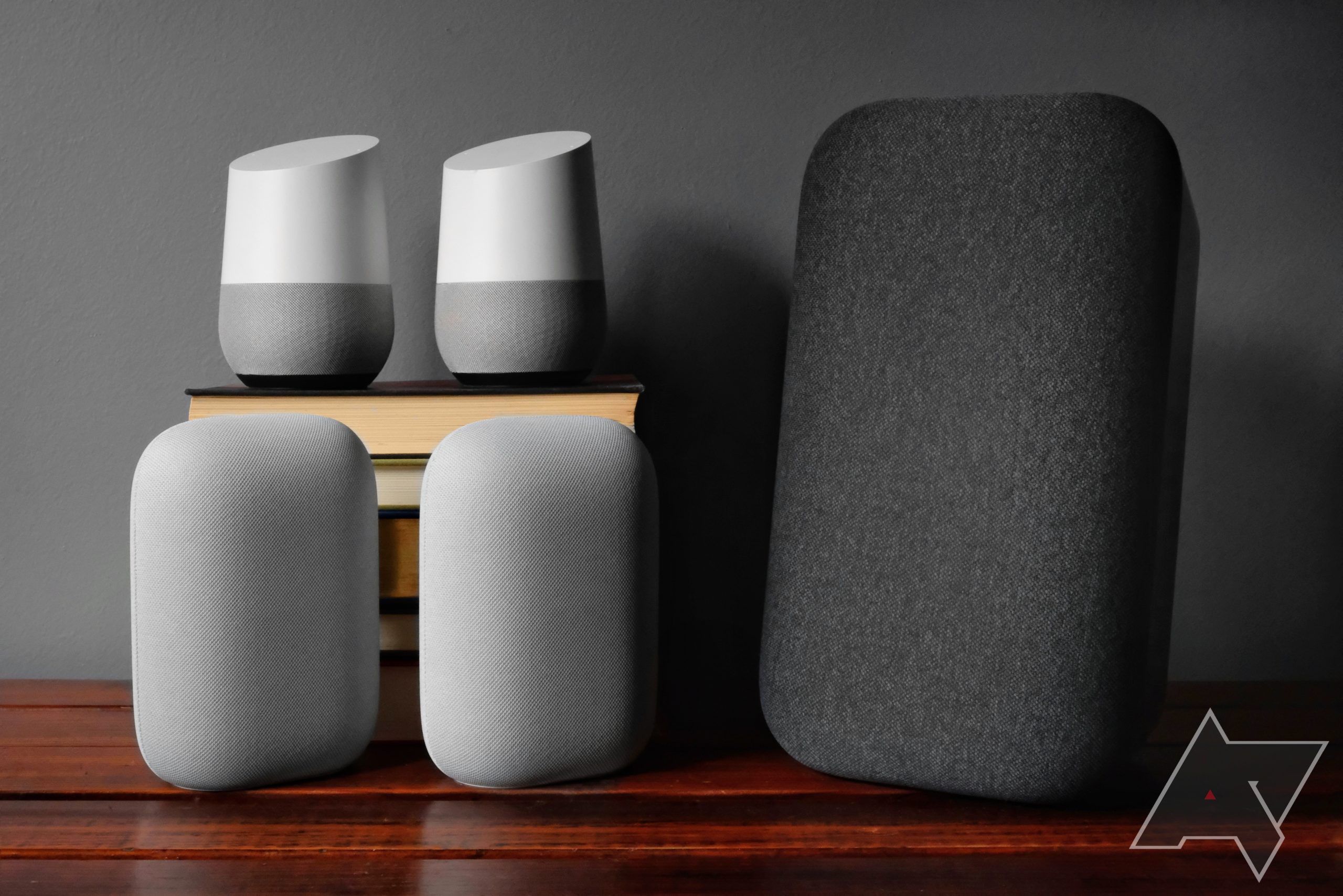
However, there are a few exceptions to this new device purchase rule, as some older devices might actually support Matter. These particular IoT devices could receive a software update for Matter. The catch – they need to have enough computational power in the first place, so it’s not guaranteed for all devices. Your device manufacturer will likely notify you if it’s eligible for a Matter update, so keep an eye on that in the future.
All the popular digital assistants, including Siri, Alexa, and Google Assistant, should work with Matter-certified devices across the board, as each company is a major player in the Matter alliance itself.
When can we expect to see the first Matter devices?
This first generation of devices built for the Matter smart home standard should be on track to launch sometime in late 2022, assuming it doesn’t face more delays. More devices were showcased in January 2022 at the Consumer Electronics Show (CES). Many of those had a launch window sometime in 2022 as well. As stated earlier, some of your devices may even receive software updates to support Matter. The potential timeline for that is on a per-device basis, depending on the manufacturer.
What are some challenges with the smart home and Wi-Fi?
Current smart home devices that connect over a Wi-Fi network are limited by older generations of Wi-Fi. The fifth generation of Wi-Fi (Wi-Fi 5) is the most common version in homes today. Since many IoT devices and wireless routers still rely on Wi-Fi 5 for connectivity, it creates a whole different issue that requires action. It’s why it feels like the current smart home was sort of shoehorned into our lives – because it kind of was.
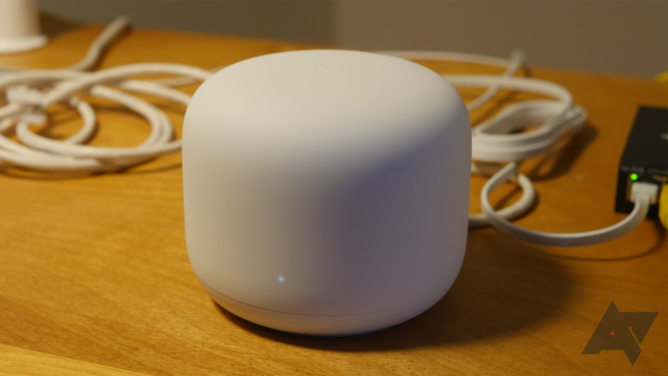
Starting with Wi-Fi 6, we finally have a Wi-Fi networking protocol that caters to IoT devices specifically. At the same time, it can also send and receive data packets to more devices at once. With new wireless gadgets being added to our homes over time, we need that flow of information to stay constant between devices. In general, Wi-Fi 6 has been the most significant leap forward to the Wi-Fi protocol in a long time, especially for IoT devices.
Getting a new wireless router for your smart home
Suppose you want to start building out your smart home ecosystem and are in the market for a new wireless router. In that case, you should get Wi-Fi 6, as it was built with IoT devices in mind. Wi-Fi 6 wireless routers have been out for a few years now, so they’ve slowly become more affordable lately.
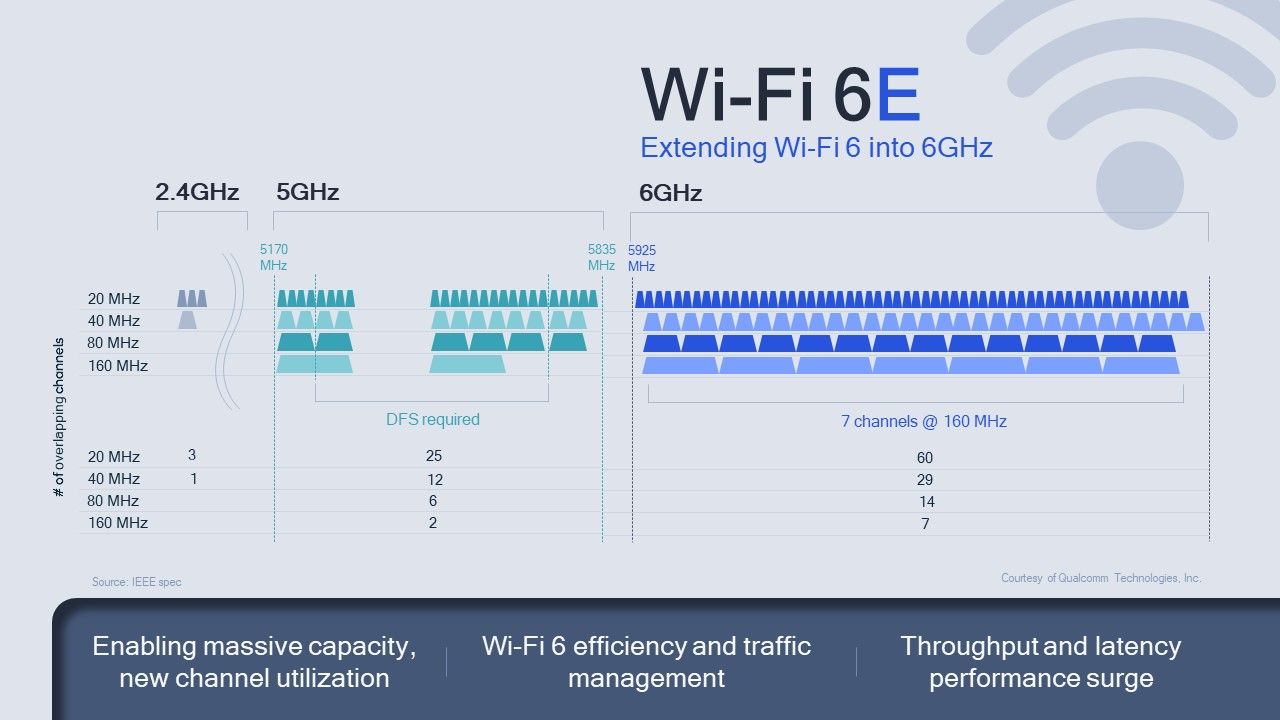
And if things couldn’t get more confusing for the general consumer, we’re only getting started, as Wi-Fi 7 is being discussed and showcased right now in 2022. It’s set to eventually replace Wi-Fi 6, which is still relatively new to the market. After all, technology marches forward and waits for no one.
Here’s a quick overview of when specific modern Wi-Fi protocols were officially certified:
- Wi-Fi 5 certification date: June 2013
- Wi-Fi 6 certification date: September 2019
- Wi-Fi 6E certification date: January 2021
- Wi-Fi 6 Release 2 certification date: January 2022
What are some security challenges with current Wi-Fi networks?
Another significant issue with smart home devices is the level of security we have in our devices right now. As mentioned earlier, many IoT devices are still utilizing Wi-Fi 5, which launched with the WPA2 security protocol. WPA2 was initially introduced way back in 2004 but was made the mandatory protocol for Wi-Fi in 2006. Since then, we’ve been relying on that same set of security features until recently when Wi-Fi 6 came onto the scene.
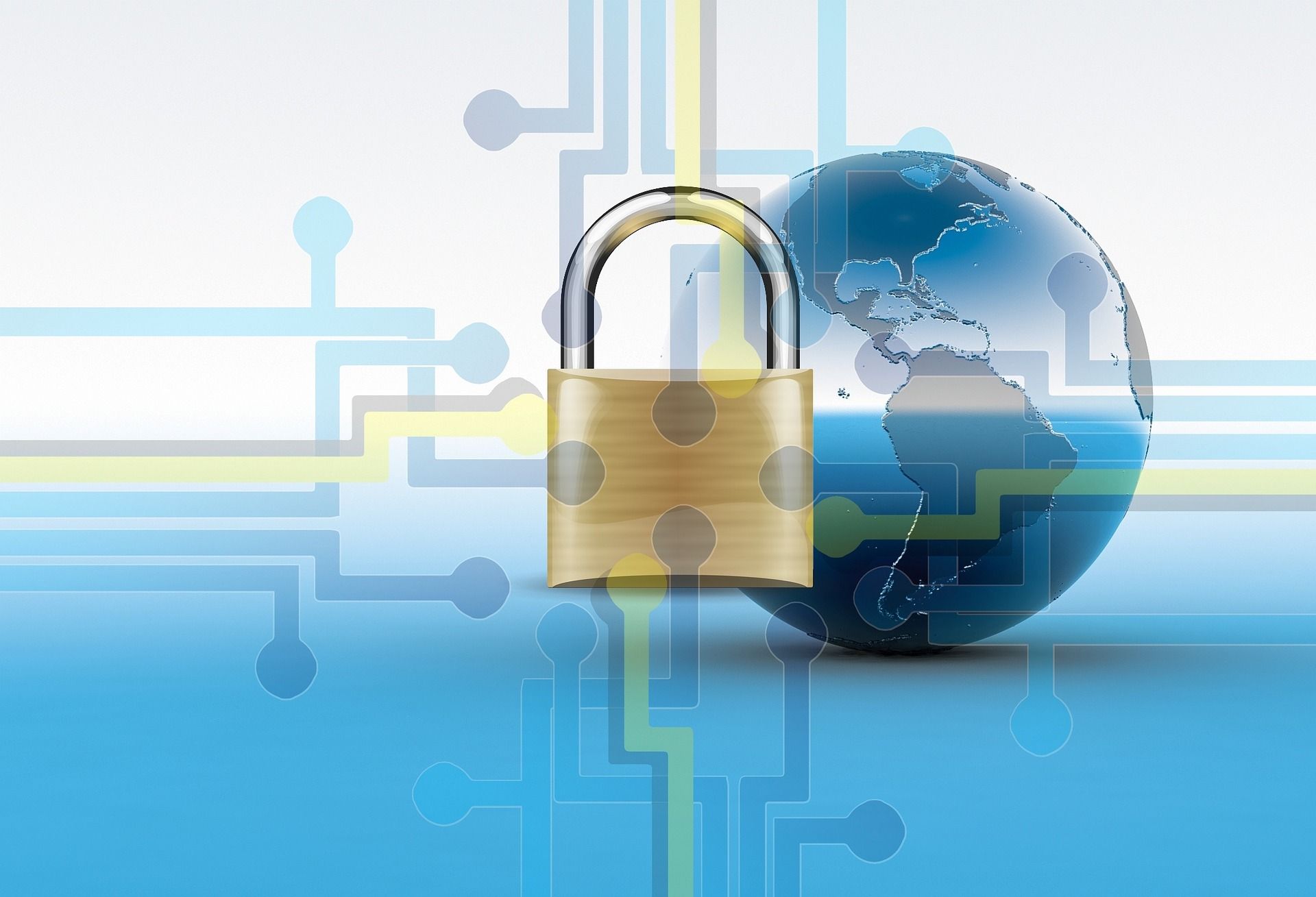
Wi-Fi 6 introduced the next-generation security protocol, known quite simply as WPA3. It brings a lot of much-needed enhancements for IoT devices in the smart home, which is essential for protecting our data. Think about it: with more smart doorbells and security cameras in and around our homes, you wouldn’t want that kind of private data to get into the wrong hands. Thus, the importance of moving forward in Wi-Fi device security is just as crucial as the Matter protocol itself.
Your wireless router might already support WPA3 security
If you have a Google or Nest Wi-Fi mesh network system in your home, there’s actually a WPA3 security setting you can enable right now. Google released a software update to these devices to support WPA3 without buying new hardware. That was a smart move on Google’s part as the Google/Nest Wi-Fi products are pretty popular. This may not be possible for all device manufacturers, so you still might need a new Wi-Fi 6 capable router to get WPA3 into your home regardless.
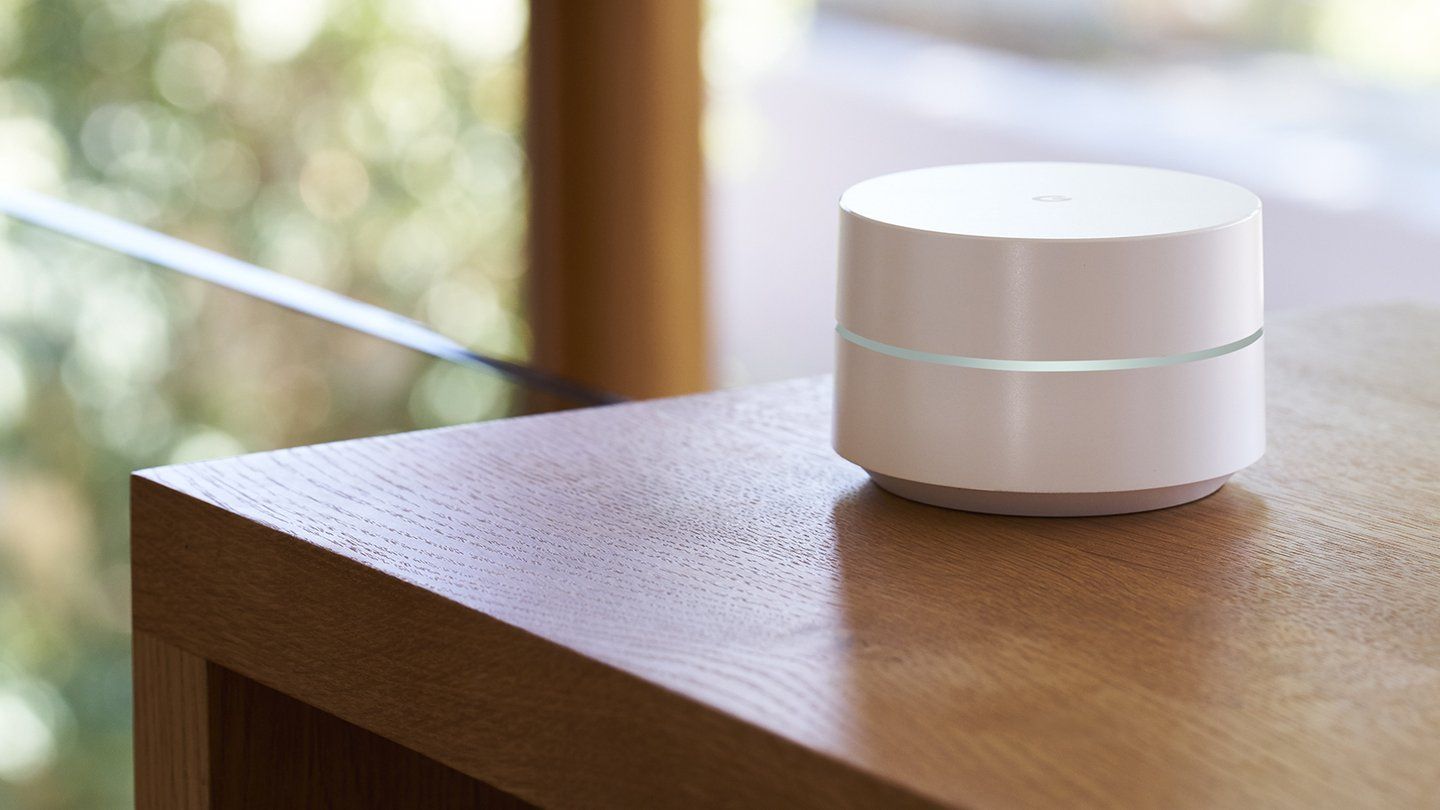
We mentioned earlier that Matter would enable IoT devices to work offline and not in the cloud for increased security. Although that may be true if your internet connection drops out, they still communicate online to carry out specific actions. Combining Wi-Fi 6 with the WPA3 security protocol gives you a significant boost in security versus what you get from Wi-Fi 5 and WPA2.
As you can tell, solving the smart home problem we face today is no easy task by any means. It has taken a variety of big tech partnerships and many wireless protocols; however, it looks like Matter is here to stay well into the future. With the first generation of Matter certified devices coming in late 2022, we finally get to see how this whole smart home thing pans out in the long run.

